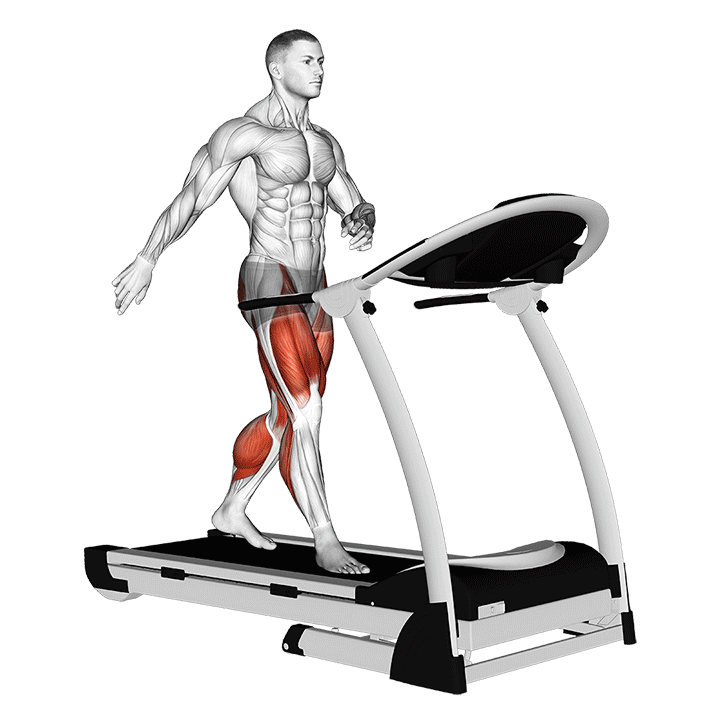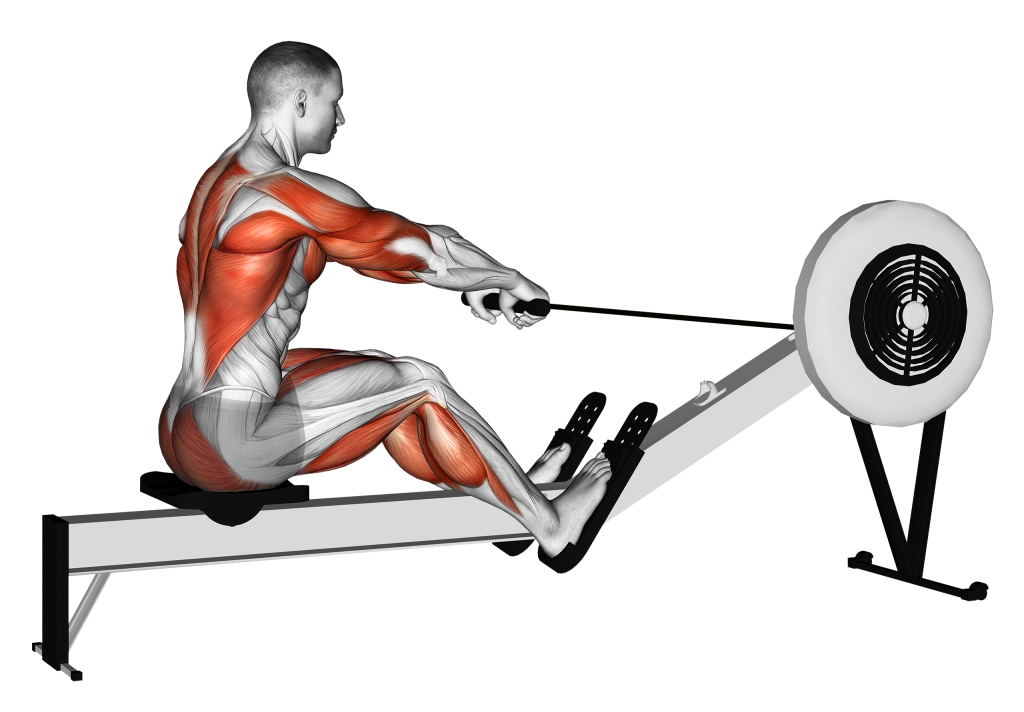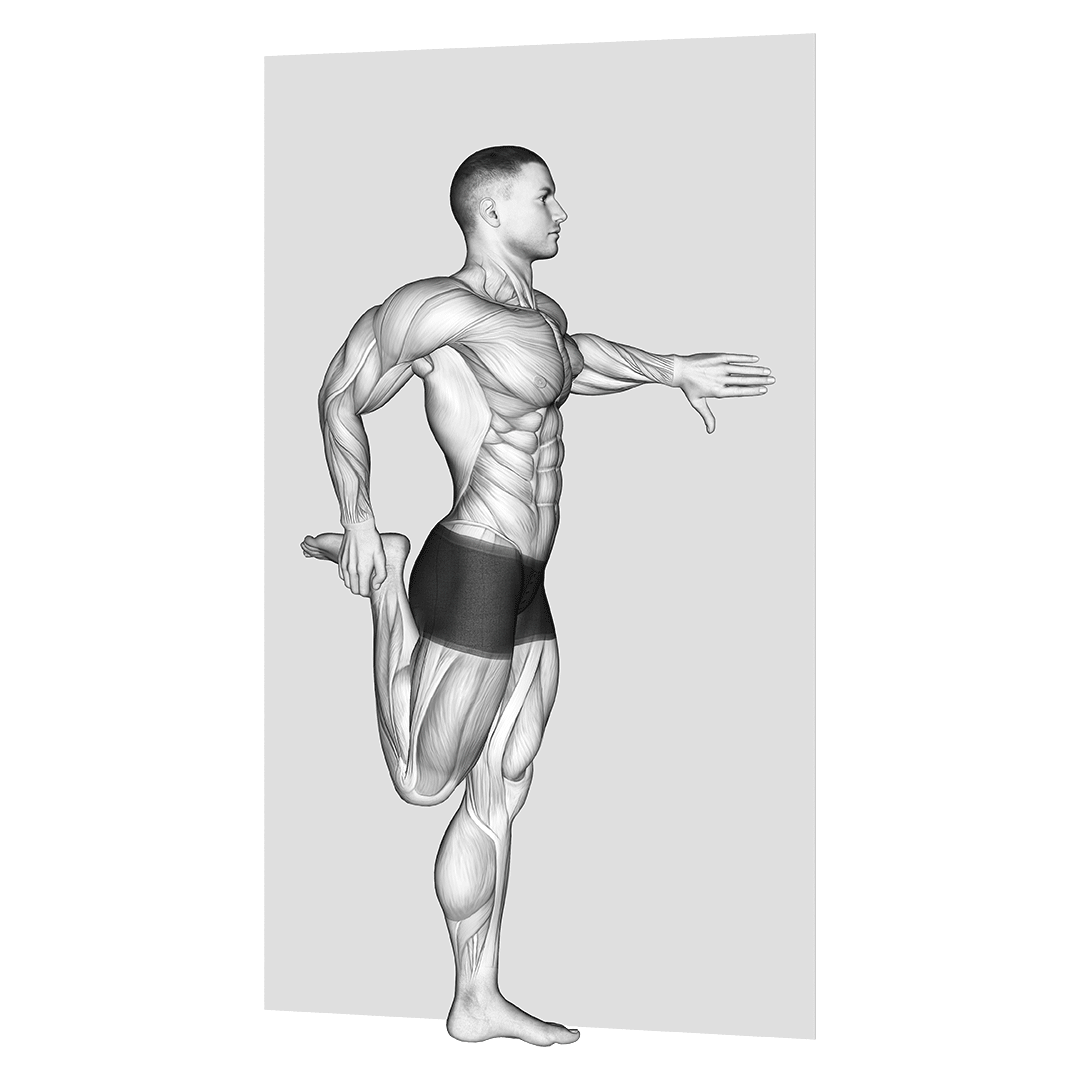Stretching Before a Workout: With Sample Routine!
It goes without saying that preparing the body for a workout session is critical for avoiding injury. However, what many do not realize is that warming up correctly can also improve their performance during the training itself.
In this article, we will go over the basic principles of stretch/exercise selection, properly ordering a warm-up routine and answer a few common questions regarding pre-session preparation.
However, to put it short: a proper warm-up will need activities like low intensity cardio, dynamic stretches targeting the joints to be used, and low-weight activation exercises meant to prime the muscles. More advanced lifters will also benefit from “groove greasing” exercises as well. A sample routine will also be provided later in the article.
What Does a Weightlifting Warm-Up Look Like?
Suffice to say, lifters can vary quite widely in terms of their warm-up style and methodology.
Even within the same training disciplines (powerlifting, bodybuilding, etc.), individual athletes will often practice different forms of pre-training preparation.
However, if looking into clinical data and the common factors between all these different warm-up methods, one can come to the conclusion that a proper warm-up will feature at least three distinct forms of activity.
A Baseline Aerobic Warm-Up
A too-often skipped portion of a warm-up routine is the baseline aerobic exercise that should be performed first and foremost.

Priming the circulatory system is absolutely vital to directing blood flow to muscles, readying the entire body for exertion and raising the core temperature itself.
However, as important as a baseline aerobic warm-up is, we must also remember that it is still a warm-up.

Preferably, lifters should pick a form of cardio that is both low in intensity and as low-impact on the joints as possible. This means avoiding high intensity sprinting or box jumps in favor of low intensity rowing and light jogging.
Stretches and Mobility Work
Stretching and mobilizing prior to a weightlifting session is required for minimizing injury risk.
Often, injuries sustained during weightlifting are primarily caused by overuse, strain or tearing of soft tissue, rather than the bone-related injuries seen outside of weightlifting.

In order to mitigate this risk and help support muscular blood flow, stretches specifically targeting the muscles to be trained are needed.
If the lifter is not planning to perform a full-body workout, then this means that they only need to mobilize the joints and muscles that will be dynamically active.
There is indeed some debate as to how these muscles should be stretched - but the gist of it lies in lengthening a muscle within its active range of motion for a brief period, regardless of whether dynamic or static, active or passive.

A good example of a proper mobility exercise would be performing a quadriceps stretch using knee flexion to lengthen all the individual muscles prior to a leg day workout. Of course, the same should be done for the glutes and hamstrings, each of which should be lengthened according to their own biomechanics.
Muscular Activation Exercises/Post-Activation Potentiation
Apart from mobility and circulatory preparations, weightlifters may find that priming their muscles through submaximal stimulation will enable them to exert greater amounts of force for longer periods during their workout.

This is not yet fully explained in clinical settings. However, studies that do touch upon the subject claim that processes from innervation, potentiation, improved blood flow and streamlined conscious muscular contraction are all improved by prematurely activating the muscles.
Of course, in order to avoid wasting time and energy, lifters should only perform low intensity exercises that target the muscles they plan to train. There isn’t much point in activating the biceps if you’re doing leg day.
Ideally, lifters will want to perform either isolation exercises targeting major muscle groups, or very low intensity compound movements that replicate the exercises they plan to perform in the session.
For example; if performing a push day revolving around the bench press, lifters have the choice of either performing lightweight pec flys and lightweight tricep kickbacks, or simply performing the bench press with an empty bar for several sets.
A Side Note on Training Exercise Selection and Warm-Up Movements
As touched upon earlier, there isn’t much point in selecting stretches and activation exercises that will have no effect in your training session. Specificity of your warm-up selections is just as important as that of your program itself.
Identify which muscles and joints are going to be trained in your workout. Perform stretches and exercises that ensure these areas are primed to go.
If you are a more advanced lifter, performing more skill-specific warm-ups that replicate the movement pattern of your heaviest lifts will also be suitable. This is frequently seen in powerlifting where - rather than numerous activation exercises - many programs simply call for the squat, bench or deadlift to be performed with increasing amounts of sub-working weight.
Sample Full-Body Warm-Up Routine:
The following is a sample warm-up routine for a healthy generalist weightlifter planning to perform a full-body workout. Swap out, add or modify movements as desired.
Baseline Aerobic Exercise:
Rowing Machine (Minimal Resistance) for 5-10 Minutes
OR
Incline Treadmill Walking (1.5 Incline, >3Mph) for 5-10 Minutes
OR
Jumping Jacks (RPE 2-3) for 2-3 Sets
Dynamic Mobility Work:
Leg Front Swings (10-20 Repetitions) for 1-2 Sets
Standing Lateral Leg Raises/Swings (10-20 Repetitions) for 1-2 Sets
Knee Circles (15-25 Repetitions) for 1-2 Sets
Arm Circles (10-20 Repetitions, Both Clockwise/Counterclockwise) for 1-2 Sets
Bent-Over Twists (8-15 Repetitions) for 1-2 Sets
Wrist Circles (15-25 Repetitions) for 1-2 Sets
Optional Foam Rolling Work
Muscular Activation Circuit:
Bodyweight Lunges (5-8 Repetitions) for 1-2 Sets
Bodyweight Push-Ups/Knee Push-Ups (4-7 Repetitions) for 1-2 Sets
Inverted Rows (3-4 Repetitions) for 1-2 Sets
OR
Machine Lat Pulldowns (3-4 Repetitions, Minimal Resistance) for 1-2 Sets
Optional Skill/Technique-Specific Work
The Importance of Properly Stretching and Warming Up
Although warm-ups and proper mobility work are often performed half-heartedly due to their lack of intensity, following the right routine actually allows lifters to take their training intensity even further.
In order for the muscles to operate to their fullest capacity, the body should be at an ideal functional temperature, the circulatory system must supply them with enough resources and the nervous system needs to contract these muscles as efficiently as possible.
All of these aspects (and more) are prepared during a warm-up routine.
Attempting to exercise to any level of intensity without a proper warm-up or with stiff tissues will not only lead to poor performance, but also increase the risk of injury as the body is entirely unprepared.
Static vs Dynamic Stretches Before Weightlifting
As was briefly touched upon earlier, there is some debate as to whether static stretches are appropriate prior to a bout of weightlifting.
Those against the inclusion of static stretches claim that it can prematurely exhaust a muscle before training even begins. Others claim that they are less effective than dynamic stretches at improving blood flow and potentiation in muscle groups. A few even claim that they can increase the risk of injury.
As the debate currently stands, the majority of athletes choose to avoid static stretching prior to training as a precaution. Instead, static stretches are employed post-workout for muscular relaxation.
This doesn’t quite mean you should follow suit, however.
So long as the static stretches are not excessive in number or held for minutes at a time, it is unlikely that these risks will be present. It is up to personal choice as to whether you believe static stretches are truly beneficial or not.
How Intense Should Your Warm-Up Be?
The intensity of your warm-up should be significant enough to raise your heart rate, increase body temperature and arouse the nervous system - all with as minimal strain or exertion as possible.
Any warm-up of greater intensity runs the risk of prematurely fatiguing the body, leading to poorer performance in your training.
Think of warm-ups as being measured less by intensity or time and rather by physiology. So long as each part of the body to be exercised is targeted, the warm-up is likely sufficient. This includes non-muscular structures like the cardiovascular system, central nervous system and the joints of the body.
How Long Should Your Warm-Up Be?
Depending on the type of warm-up, your training discipline and current level of experience, warm-ups can last from anywhere between 5-15 minutes.
Avoid warming up for any period beyond 20 minutes or so, as this can also lead to premature fatigue. The average generalist warm-up is conservative at approximately 5-10 minutes.
What’s the Difference Between Stretches and Activation Exercises?
Activation exercises are occasionally referred to as just “warm-up exercises”. This is distinct from pre-workout stretching, as they both serve different purposes within an actual warm-up routine.
Warm-up exercises are generally low-impact and low-intensity resistance movements that contract skeletal muscle groups.
Warm-up exercises are done so as to improve blood flow, conscious muscular recruitment and potentiate further activity.
Stretches, on the other hand, are not meant to involve significant resistance - or even contraction of the muscles being stretched. Rather, they will often elongate, expand or flex specific muscle groups near the limits of their range of movement.
Pre-workout stretching is done so as to also improve blood flow, improve muscular control, aid in stability near terminal movement points and reduce the risk of issues like cramping or tearing.
An ideal warm-up routine will involve both types of exercise alongside a baseline aerobic exercise as well.
Parting Advice
It is important to remember that, like training itself, warm-ups must also be specific to your goals and individual needs.
As a general rule - avoid following warm-up routines meant for sprinters or any other form of exercise, as the demands and risks of weightlifting are distinctly different from most other activities.
This kind of specificity also comes down to what kind of weightlifting you plan to do, as well as what specific exercises will be performed.
Movements like the barbell back squat are known for being strenuous on the knees and lower back. As such, pay extra attention to warming up the erector spinae muscles, as well as to stretching the tendons that make up the knee joint.
Likewise, if you are a novice and have trouble performing multiple repetitions of push-ups, there is no need to fatigue yourself by performing push-ups in your warm-up. Opt for a less intense and more accessible exercise that better aligns with your individual needs.
References
1. Fradkin, Andrea J et al. “Effects of warming-up on physical performance: a systematic review with meta-analysis.” Journal of strength and conditioning research vol. 24,1 (2010): 140-8. doi:10.1519/JSC.0b013e3181c643a0
2. Daneshjoo A, Mokhtar AH, Rahnama N, Yusof A. The effects of injury preventive warm-up programs on knee strength ratio in young male professional soccer players. PLoS One. 2012;7(12):e50979. doi: 10.1371/journal.pone.0050979. Epub 2012 Dec 3. PMID: 23226553; PMCID: PMC3513304.
3. McCrary JM, Ackermann BJ, Halaki MA systematic review of the effects of upper body warm-up on performance and injuryBritish Journal of Sports Medicine 2015;49:935-942.
